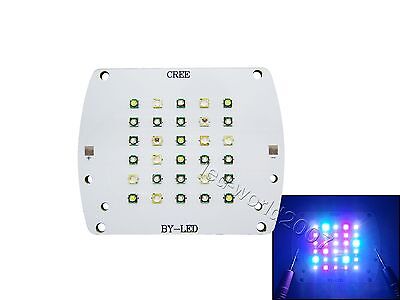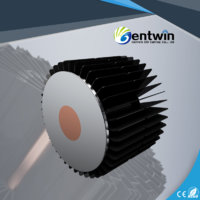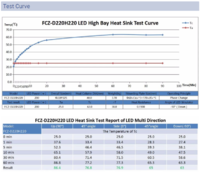Hi guys,
I am looking at buying, or maybe building my own, prendant-style lights for my tank.
Some options I have considered:
My reasoning for this style of light instead of the more popular spread LED units, if I can call it that, is the Aesthetics more than anything else.
I am looking at buying, or maybe building my own, prendant-style lights for my tank.
Some options I have considered:
- Orphek Kaspian
- Kessils
- "Black Box" options
My reasoning for this style of light instead of the more popular spread LED units, if I can call it that, is the Aesthetics more than anything else.




